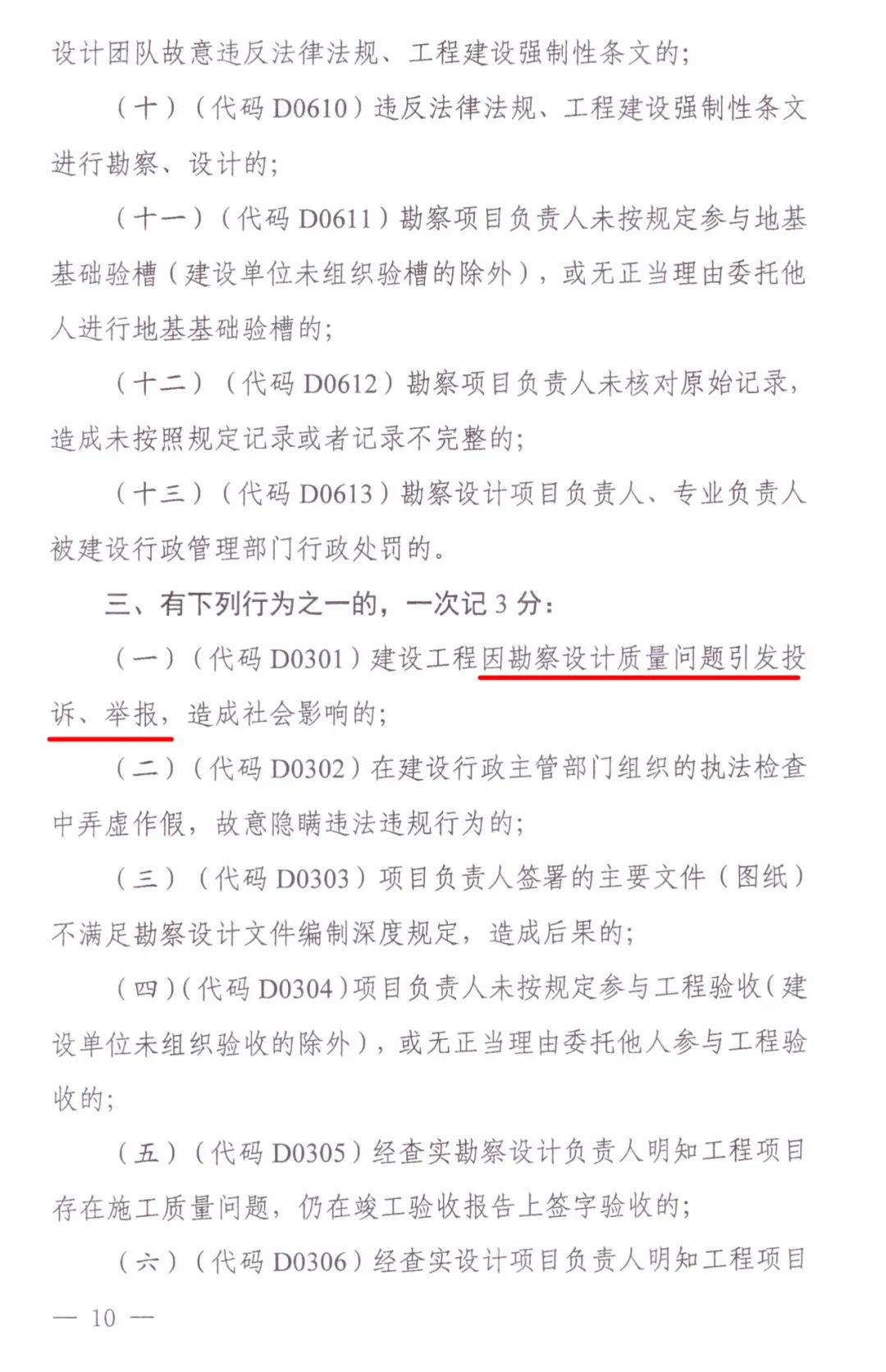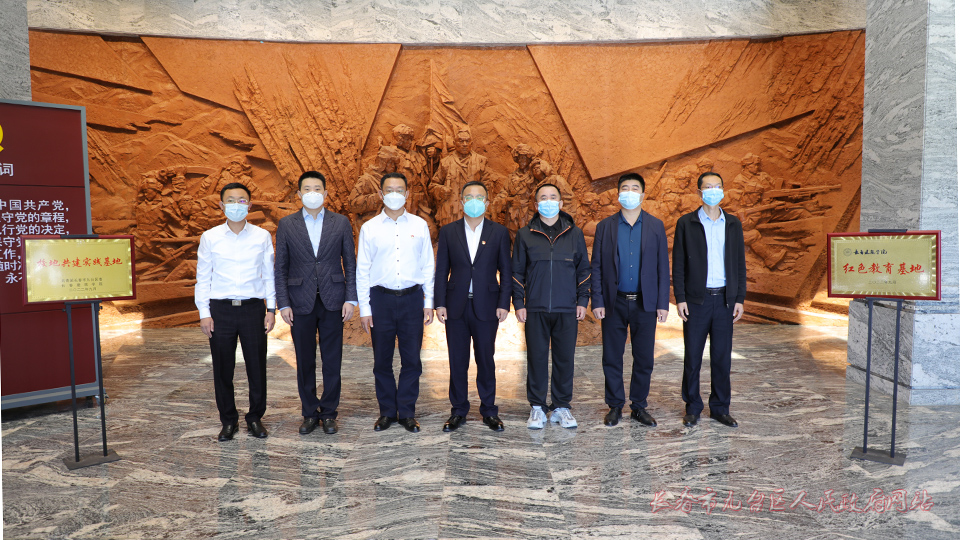In 1889, when the Eiffel Tower was built as the entrance to the World Expo, it was criticized by some famous French artists and architects
. 
They claimed that the tower was “not wanted by the commercial United States” and accused it of “no doubt being a disgrace to Paris”
. 
However, the Eiffel Tower is undoubtedly a symbol of French culture and a landmark of Paris
. 
A century later, something similar happened to the glass pyramid in front of the Louvre Museum
. 
This is the design of the new entrance in a series of renovation and re planning projects of the Louvre Museum
. 
People’s initial reaction was shocked that this design distorted the most sacred Cultural Palace in France
. 
However, later, the opposition was drowned out by widespread praise
. 
The glass pyramid, together with the Eiffel Tower, became a symbol of Paris and was printed on tourist brochures, postcards and textbooks
. 
I.M
. 
Pei, the Chinese architect, designed the glass pyramid
. 
The architect, who is known as “the last master of modern architecture”, seldom writes books to explain his architectural ideas, but he hopes to speak with works
. 
“Complete works of I.M
. 
Pei” is the only book approved by I.M
. 
Pei
. 
Even in this book, there is no abstract concept
. 
Instead, we use 50 examples of architectural works to let us understand his architectural ideas in different periods
. 
Click on the picture above to collect the complete works of I.M
. 
Pei
. 
In 2021, a new version of the complete works of I.M
. 
Pei will be available
. 
In the new version, the translation should be faithful to the English meaning as far as possible to avoid misinterpretation; meanwhile, the misunderstanding and errors caused by the author’s ignorance of the Oriental background and situation in the English version are revised; the translator has also translated the reference notes and all the works of I.M
. 
Pei, so as to facilitate the readers to get a comprehensive understanding
. 
In addition, the editing team has obtained some precious photos of I.M
. 
Pei from magnum pictures, including a group photo of my early family, a group photo with famous architect Chen Congzhou at the site of Xiangshan Hotel, and a related photo of the last work of I.M
.
Pei, the holy Hall of meixiumei college, which was not mentioned in the previous version
.
In the new edition, I.M
.
Pei’s student and colleague, Mr
.
Lin Bing, the designer of Muxin Art Museum, was invited to carefully review the book
.
He also wrote a preface to review the creation process of the first and last works of I.M
.
Pei, telling a little-known story
.
“Complete works of I.M
.
Pei” selects 50 construction projects of I.M
.
Pei, which span more than 60 years in chronological order
.
We can not only see the architectural case of I.M
.
Pei, but also feel the change of his architectural style
.
In 1968, I.M
.
Pei started the construction project of the East Museum of the National Gallery of art, which also established his leading position in the industry
.
The difficulty of this project is that it is the most sensitive site in the United States
.
At the foot of Capitol Hill, due to the long history of urban planning, it forms a trapezoidal space; the expansion part needs to coordinate not only with the old museum, but also with its many neoclassical style neighbors
.
I.M
.
Pei came up with a simple but delicate triangular terrain to solve the problem on his plane home from Washington
.
In terms of architectural style, I.M
.
Pei meticulously built a skylight with glass and steel frame to give the light into the room a sense of hierarchy
.
It is also this building that reflects the problems that I.M
.
Pei was considering at that time, such as separation and combination, virtual and real, light and shadow, moving line and complicated geometric figure splicing
.
I.M
.
Pei’s fixed technique was really sorted out and established in the interior of the atrium, and the project which was constantly applied in his later career was the Grand Louvre project in Paris, France
.
I.M
.
Pei once said in 1989: “the Grand Louvre will always occupy the first place in my architectural career.” Pei is in front of the pyramid of the Louvre
.
In 1989, mark lub photographed the Louvre
.
Geographically, the Louvre is connected to the Institute du Monde Arab at one end and the Arc de Triomphe at radfons at the other
.
Beyond its function as a museum, the Louvre is a key component of government policy and the key to changing modern France
.
The theme of the capital project being promoted by then president Fran? OIS Mitterrand is to emphasize the core position of culture in France
.
Instead of even organizing a public tender, he directly appointed the renovation project to I.M
.
Pei
.
From the plan of the Louvre, we can see that it is close to the Seine River and the tuileri garden
.
One of the challenging features of the great Louvre is that it is divided into seven pavilions, each of which is completely independent
.
They are competitive in space and capital, resulting in internal friction
.
I.M
.
Pei wants to change this situation architecturally by integrating the seven pavilions into one and unifying them into one institution
.
This is not only a problem of modeling, but also involves the history, society and engineering of France
.
The achievements and influence of the great Louvre far exceed that of ordinary contemporary architecture, which is one of the most important reasons why I.M
.
Pei thinks this project has been in his career
.
I.M
.
Pei cleverly designed a central entrance, so that you can choose to enter the pavilion in three directions of the Louvre, because they are interconnected
.
Above the underground central entrance is the famous glass pyramid
.
When the glass pyramid was just built, some critics thought that Pei’s obsession with modern architecture led him to bring boring geometry into the traditional style environment
.
In fact, I.M
.
Pei carefully studied the works of the great French landscape architect Andre Le Notre, and noticed that he was a master of light, air, water and geometric lines, such as the long axis of Paris or the design of Versailles Palace
.
In the design of this glass pyramid, I.M
.
Pei’s understanding of space and light is also full
.
From Versailles Palace to Louvre Palace project, I.M
.
Pei really combed and established his own fixed method — seeking the source
.
He cut down the complicated and simplified to find a kind of eternal ultimate pursuit inherent in the tradition
.
He not only considered the cultural characteristics condensed in the long history, but also did not lose his own modernist style
.
The Louvre also marks an important turning point in the career of I.M
.
Pei: the pyramid project came to an end in 1988
.
I.M
.
Pei firmly left the partnership of I.M
.
Pei, Cooper fried and founded his own small company, I.M
.
Pei architects
.
After that, almost all the projects he undertook continued what he called the “journey of discovery.”
.
I.M
.
Pei once said that when he was young, he didn’t know the concept of engineering
.
It was not until later that I realized that architecture actually belongs to the category of art and history
.
I.M
.
Pei, the entrance to the shrine of meixiumei college in Japan, has more works than any other contemporary architect
.
However, he doesn’t explain his thinking process and method very much, and seldom puts his ideas on paper
.
He doesn’t even have a core thesis collection for students to study
.
However, I.M
.
Pei has a large number of loyal followers in the company he founded, which is also considered one of his greatest works
.
It is Mr
.
Pei’s architectural works that conquer us
.
In the complete works of I.M
.
Pei, the two authors present 50 representative architectural works of I.M
.
Pei
.
There is no theoretical chapter classification
.
Instead, they directly use cases to let readers feel his architectural style.
.




